
Still hesitant about finally making the leap and getting your business online? There are countless business owners who find themselves still on the fence about expanding your brand’s business on the internet. Some are worried about the resources available, the skills needed to make their business shine, or whether their business will actually benefit from going online, but all of those questions can be easily addressed. You just have to be ready to really invest in expanding your brand in a new way.
Today marks the start of Get Your Business Online Week, so there is no better time to make the leap to the internet. Every year Google partners with local businesses and partners to provide free virtual workshops for business owners and anyone else with an internet connection.
You will be able to speak with businesses that have already prospered online such as Barkbox, GoldieBlox, and Dollar Shave Club, and full tutorials and demos will be offered throughout the week to help you understand all the steps of building a website and establishing your brand.
Best of all, Google is doubling down on the direct link to speak to their experts with their Helpouts by Google.
If you still can’t decide whether now is the time for your business to take charge of their online presence, consider that Green Mountain Bee Farm in Fairfax, CT. experienced a five-fold increase in sales by simply expanding their business online. Meanwhile, Christine Fitzpatrick Hair and Makeup in Birmingham, Mich. managed to attract 50 percent more clients than they had before getting online.

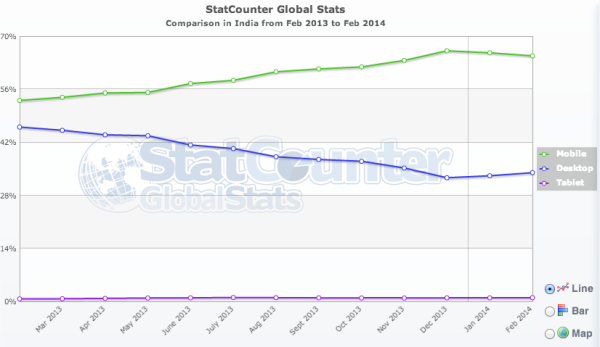
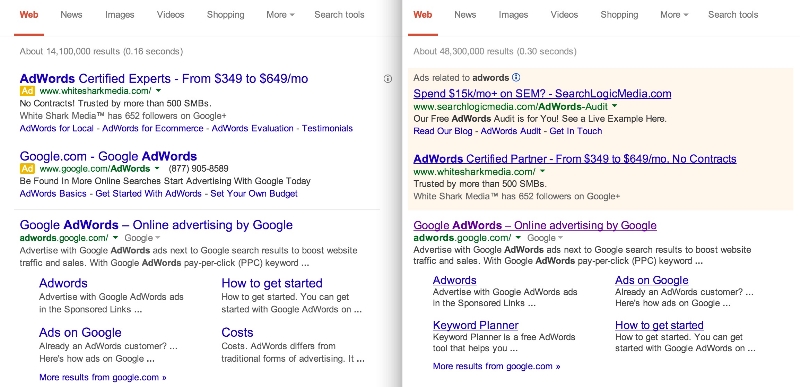
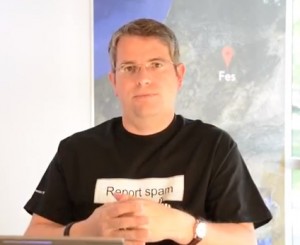 Think Google’s attack on unnatural links and link spammers is limited just to the US? Think again. Google has made it clear they are targeting spammy practices from around the world, by attacking Polish and German link spammers over the past month, and now Matt Cutts has announced Spanish and Italian webmasters breaking guidelines will be the next to get taken down. For more information, you can check out the report
Think Google’s attack on unnatural links and link spammers is limited just to the US? Think again. Google has made it clear they are targeting spammy practices from around the world, by attacking Polish and German link spammers over the past month, and now Matt Cutts has announced Spanish and Italian webmasters breaking guidelines will be the next to get taken down. For more information, you can check out the report 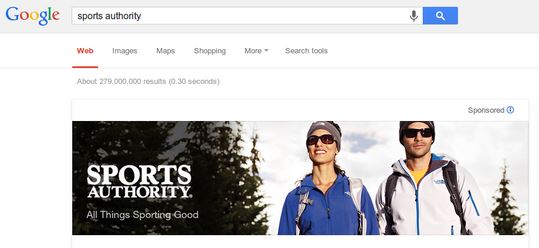
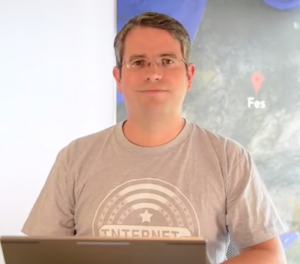 Google has been bringing down the hammer on spammy websites quite a bit recently with more specific penalties for sites that aren’t following guidelines. There have been several high-profile cases such as the Rap Genius penalty, and several attacks on entire spammy industries. But, if you are responsible for sites with spammy habits, a single manual action can hurt more than just one site.
Google has been bringing down the hammer on spammy websites quite a bit recently with more specific penalties for sites that aren’t following guidelines. There have been several high-profile cases such as the Rap Genius penalty, and several attacks on entire spammy industries. But, if you are responsible for sites with spammy habits, a single manual action can hurt more than just one site. There is no escaping a Google penalty without following the rules and doing the hard work to clear your name. It is old news that if you have suffered a penalty on your site and you moveto a new domain and redirect the URLs to that new domain, the penalty stays around thanks to the redirects.
There is no escaping a Google penalty without following the rules and doing the hard work to clear your name. It is old news that if you have suffered a penalty on your site and you moveto a new domain and redirect the URLs to that new domain, the penalty stays around thanks to the redirects.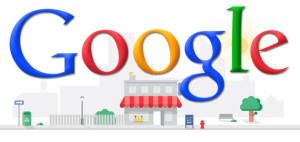
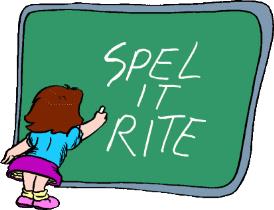 Pretty much anything Google’s most popular engineer Matt Cutts says makes headlines in the SEO community, but often his Webmaster Chat videos and advice aren’t mind-blowing by any stretch of the imagination. For instance, we
Pretty much anything Google’s most popular engineer Matt Cutts says makes headlines in the SEO community, but often his Webmaster Chat videos and advice aren’t mind-blowing by any stretch of the imagination. For instance, we 

